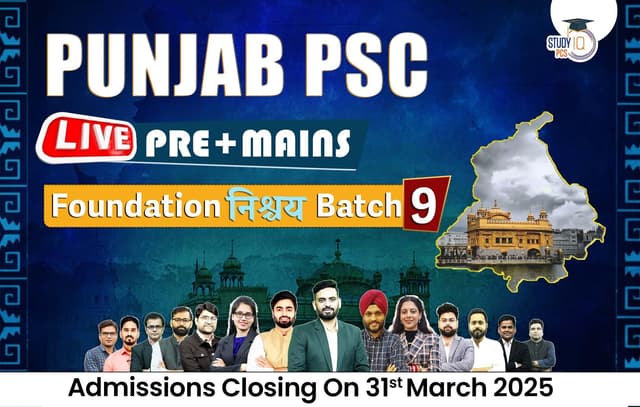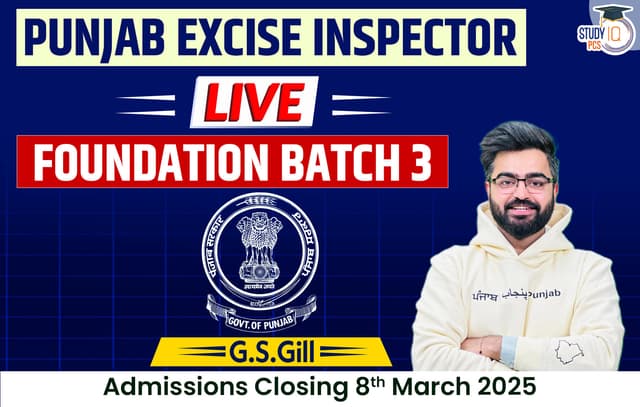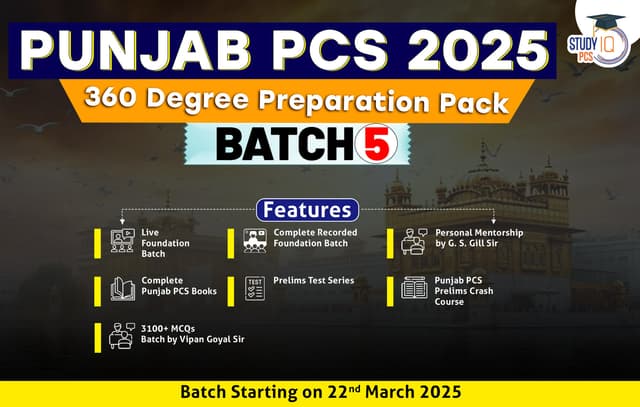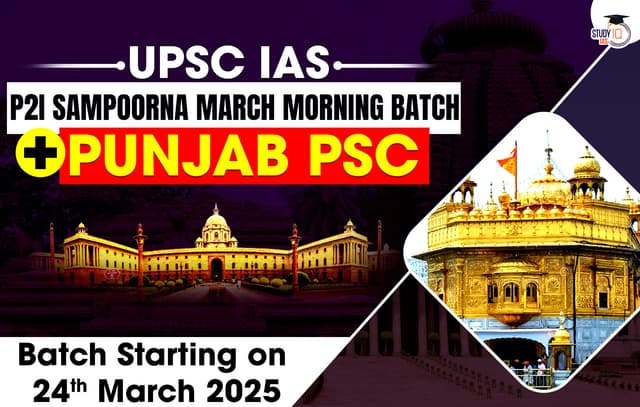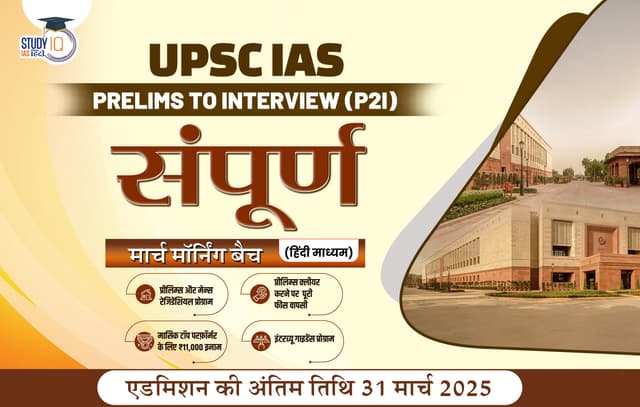Table of Contents
Punjab played a crucial role in the Indian freedom struggle through a series of events and movements that significantly contributed to the downfall of British colonial rule. Several key incidents and movements originating in Punjab marked turning points in India’s battle for independence.
Jallianwala Bagh Massacre (April 13, 1919)
The Jallianwala Bagh massacre was one of the most brutal atrocities committed by British forces in India. On April 13, 1919, a large crowd of unarmed civilians, including women and children, had gathered in Jallianwala Bagh, Amritsar, to peacefully protest against the repressive Rowlatt Act, which allowed the British to imprison Indians without trial. General Reginald Dyer, without warning, ordered his troops to open fire on the crowd, resulting in the deaths of hundreds of people. The official count was 379, but estimates suggest over 1,000 people were killed, and over 2,000 were injured.
This massacre deepened the rift between India and Britain, igniting widespread anger and resistance. Rabindranath Tagore renounced his knighthood in protest, and the massacre became a catalyst for Gandhi’s mass non-violent resistance movement.
Gurdwara Reform Movement (Akali Movement)
The Gurdwara Reform Movement was an essential part of the Sikh community’s struggle against both internal corruption and British control over Sikh religious institutions. It began as a reaction to the mismanagement of Gurdwaras (Sikh temples) by hereditary managers, who were often corrupt and morally lax.
- In 1920, the Shiromani Gurdwara Parbandhak Committee (SGPC) was formed to take control of the management of Gurdwaras. The SGPC worked to remove corrupt managers and bring reform to Sikh shrines. The Shiromani Akali Dal (SAD), formed in 1920, was the political arm of this movement.
- The movement led to a series of agitations, including the Rakabganj Gurdwara Morcha and the Nankana Sahib Massacre (1921), where reformist Sikhs faced brutal repression but ultimately succeeded in securing control over the Gurdwaras by 1925.
Significant Agitations and Morchas:
-
- Rakabganj Gurdwara Morcha (1920): Sikhs resisted the demolition of part of the wall of the Rakabganj Gurdwara by the British to make way for a government farmhouse. After great resistance, the British were forced to rebuild the wall.
- Nankana Sahib Massacre (1921): This massacre occurred when Sikhs protesting the corrupt management of the Nankana Sahib Gurdwara were attacked by armed thugs hired by the Gurdwara’s manager. Despite the massacre, the movement gained momentum.
- Golden Temple Key Morcha (1921-22): A dramatic protest was staged by the Akali reformers to gain control of the Golden Temple’s management. In October 1921, after intense protests, the Akalis succeeded in gaining control.
- Guru-ka-Bagh Morcha (1922): Sikhs struggled for the rights to a piece of land near Guru-ka-Bagh, enduring arrests and beatings. This was another victory for the Akalis in their quest for Gurdwara reforms.
- Jaito Morcha (1924-1925): The Jaito Morcha aimed to restore the throne of Maharaja Ripudaman Singh of Nabha, who had been deposed by the British. The movement was met with severe repression, including mass arrests and the brutal treatment of Sikhs. Despite this, the Sikhs’ resolve remained unbroken, and they eventually succeeded in securing the Gurdwara reforms in 1925.
- Bhai Pheru Incident (1924)
-
-
- Background:
- Bhai Pheru was a shrine with significant wealth (5,000 acres of irrigated land, worth Rs. 5,000).
- The shrine was managed by Mahant Pala Ram, who was incapable of managing it properly.
- By late 1922, control of the shrine and property was handed over to the Shiromani Gurdwara Parbandhak Committee (SGPC).
- Conflict:
- January 1, 1924: An Akali jatha forcibly took possession of the lands controlled by Pala Ram.
- British officers arrested 34 Akalis on January 2, 1924.
- A second jatha arrived, camped under a tree, and demonstrated in heavy rain on January 4–5, 1924. The police eventually made mass arrests.
- Consequences:
- The British authorities passed the Gurdwara Act in 1925, which established the SGPC as the custodian of Sikh places of worship.
- The SGPC, after elections, was led by Master Tara Singh, with Baba Kharak Singh as the President.
- Background:
-
- The Babbar Akali Movement (1921-1925)
-
- Formation:
- The Babbar Akali movement emerged as a response to the failure of peaceful Akali struggles for Gurdwara reforms.
- Mahants of popular shrines like Nankana Sahib, Tarn Taran Sahib, and Guru-ka-Bagh had become puppets of the British government.
- The Babbar Akalis, largely drawn from the Ghadar Party and army soldiers on leave, rejected non-violence and aimed for more radical action.
- Objectives:
- The Babbar Akalis sought to eliminate British collaborators and government agents (Mahants, officials, and touts).
- They aimed for the independence of the Sikh community and freedom from British rule.
- Actions:
- November 1921: Kishan Singh led a jatha to fight for various causes (e.g., the arrest of Ajit Singh, the Jallianwala Bagh massacre).
- The movement grew, and a secret campaign called “Sodhna” was launched to target British supporters.
- They published the Babbar Akali Doaba newspaper to spread their message, including a list of 179 persons they wanted to eliminate.
- Key Events:
- 1922: The Babbar Akalis, now a well-organized force, held meetings and appointed Kishan Singh as their Jathedar and Dalip Singh Gosal as Secretary.
- Two Babbars were sent to kill J.W. Bowring but were arrested before they could act.
- The Babbar Akalis continued their campaign of reformation and resistance against British collaborators.
- British Response:
- The British government declared the Babbar Akali movement unlawful under the Criminal Law (Amendment) Act of 1908.
- They offered rewards for the capture of Babbar Akalis, but the movement remained undeterred.
- By mid-1924, most Babbar leaders were either killed or arrested. More than 100 Babbar Akalis were prosecuted.
- End of Movement:
- On February 27, 1926, several Babbar Akali leaders were sentenced to death.
- Although the movement was suppressed, it played a crucial role in inspiring future resistance movements and instilling the spirit of sacrifice for India’s freedom.
- Formation:
Key Outcomes and Impact:
- Strengthened Sikh Identity: The Gurdwara Reform Movement and its associated protests strengthened the Sikh community’s sense of identity, unity, and resistance against both British colonialism and internal corruption.
- Increased Nationalism: The brutality faced by the Sikhs during these movements sparked widespread nationalist feelings across India. The Jallianwala Bagh massacre, in particular, played a pivotal role in galvanizing Indian resistance against British rule, leading to the rise of Mahatma Gandhi’s non-violent struggle.
- Political Mobilization: The Akali Dal and SGPC became powerful political forces in Punjab, representing Sikh interests and contributing to the broader Indian independence movement.
- International Attention: The mass movements, including the Jallianwala Bagh massacre and the Sikh struggles for Gurdwara control, gained significant international attention, highlighting the British Empire’s cruelty and fostering global support for Indian independence.
These events not only demonstrated the determination of Punjabis to fight for their rights but also contributed significantly to the broader Indian independence movement, ultimately leading to India’s freedom in 1947.
Simon Commission (1927-1928)
- Background:
- A commission was supposed to review the Government of India Act (1919) after 10 years, in 1929.
- However, the Conservative Party-led UK government expedited its formation in 1927 to avoid a possible defeat in the upcoming elections.
- The Indian Statutory Commission was created under the leadership of Sir John Simon and was sent to India in 1928, comprising seven British members but no Indian representation.
- Congress Response:
- The Indian National Congress boycotted the commission, protesting the absence of Indian representation.
- The Congress demanded Indian participation, which was ignored by the British, further intensifying resentment against colonial rule.
- Motilal Nehru created a report in response, demanding constitutional reforms and representation for Indians.
- Incident in Punjab:
- The Simon Commission reached Lahore on 30th October 1928, where a protest was led by Lala Lajpat Rai.
- The British police, under Mr. Saunders, ordered a lathi charge, and Lala Lajpat Rai was severely injured. He succumbed to his injuries on 17th November 1928.
Poorna Swaraj Declaration (1929)
- Background:
- The idea of a separate Constitution for India was first hinted by Mahatma Gandhi in 1922, indicating that Indians would draft their own laws.
- In 1928, the Nehru Report was created by Motilal Nehru, proposing a constitution for India.
- Poorna Swaraj Resolution:
- In December 1929, the Lahore Session of the Congress, under Jawaharlal Nehru, passed the Poorna Swaraj Resolution, demanding complete independence.
- The Pledge of Independence was taken on 26th January 1930, which was celebrated as Independence Day for the next 17 years until India’s freedom in 1947.
- The Poorna Swaraj Declaration was drafted by Mahatma Gandhi.
Punjab Riyasti Praja Mandal (1928)
- Formation:
- Established in 1928, the Punjab Riyasti Praja Mandal was formed to fight for civil liberties and political rights for the people of Punjab’s princely states.
- The people in these princely states had no political freedom, and the rulers were autocratic.
- Leadership and Activities:
- The Praja Mandal was founded during a public conference in Mansa (Patiala) on 17th July 1928.
- Leaders like Seva Singh Thikrivala (President) and Bhagavan Singh Longovalia (General Secretary) led the movement.
- The movement expanded to include the princely states of Punjab, Shimla, and Kashmir.
- Suppression and End:
- In 1931, the Patiala government banned political activities, and Seva Singh Thikrivala was arrested in January 1933.
- He died in Patiala jail on 20th January 1935, marking the decline of the movement.
Indian National Army (INA)
- Formation:
- With the outbreak of World War II, many Indian soldiers were stationed in Southeast Asia by the British.
- After Japan’s occupation of these areas, they took Indian soldiers as prisoners of war. Indian leaders like Mohan Singh were approached to form an army.
- The Indian National Army (INA), initially formed under Mohan Singh’s leadership, aimed to liberate India from British rule.
- Revival by Subhas Chandra Bose:
- In 1943, Subhas Chandra Bose revived the INA with support from Japan.
- Bose formed a women’s regiment, the Rani Jhansi Regiment, led by Captain Lakshmi Swaminathan.
- The INA attacked British forces, reaching Assam via Burma, but the weakening Japanese position in World War II led to their eventual surrender in May 1945.
- Aftermath:
- Mohan Singh was repatriated to India and faced trials, as did other INA members.
- Lawyers like Jawaharlal Nehru defended the INA leaders, and their life sentences were later revoked.
Blood-stained Independence (1947)
- Partition and Violence:
- The partition of India in 1947 divided Punjab into Western Punjab (Pakistan) and Eastern Punjab (India).
- The partition led to widespread communal violence between Hindus and Sikhs on one side and Muslims on the other.
- The violence led to the loss of countless lives, homes, and wealth as millions of refugees crossed borders, marking a traumatic chapter in India’s path to independence.


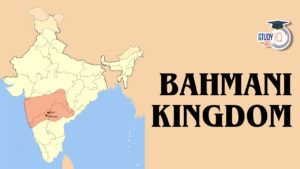 Bahmani Kingdom (1347-1527 AD), History,...
Bahmani Kingdom (1347-1527 AD), History,...
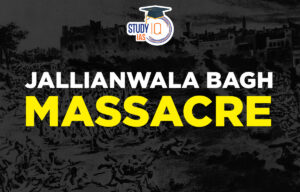 Jallianwala Bagh Massacre, Date, History...
Jallianwala Bagh Massacre, Date, History...
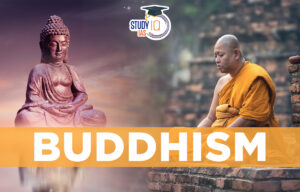 Buddhism History, Origin, Sect, Councils...
Buddhism History, Origin, Sect, Councils...
